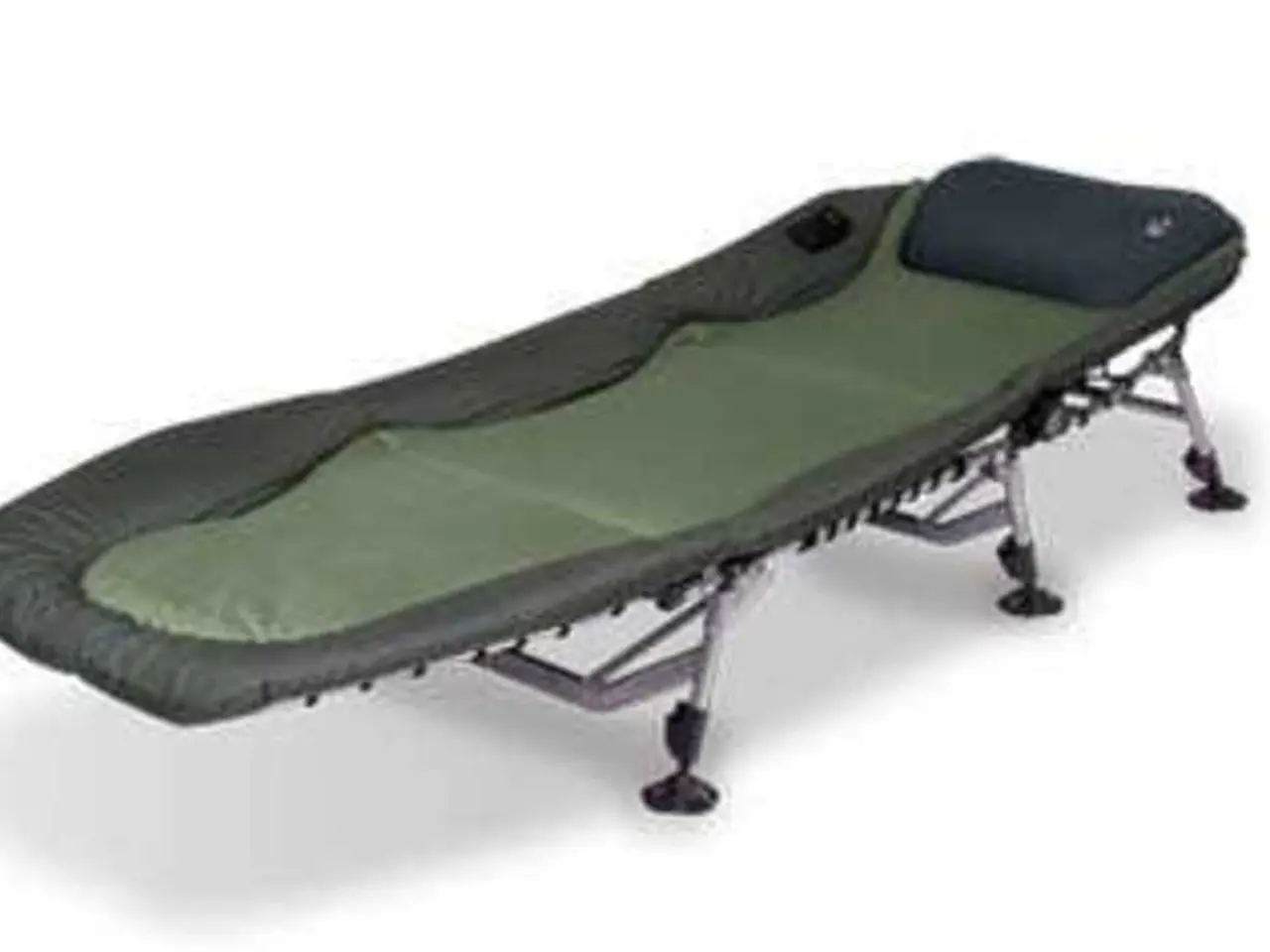Preventative Physical Activities for Patients Suffering from Degenerative Disk Disease
In the journey of living with degenerative disk disease (DDD), maintaining an active lifestyle is crucial. Recommended exercises focus on strengthening the core and back muscles, improving flexibility, and promoting low-impact cardiovascular fitness.
For individuals with DDD, core strengthening exercises like gentle Pilates and specific physical therapy movements targeting abdominal and back muscles are beneficial. Low-impact aerobic activities such as walking, swimming, and using an elliptical machine are also promoted, as they promote circulation and spinal health without undue stress.
Stretching exercises, such as knee-to-chest stretches done lying on the back, gently stretch the back muscles and improve flexibility without aggravating the spine. Controlled physical therapy exercises, designed to gradually restore spinal mobility and function, are also recommended, always under the supervision of a healthcare professional.
High-impact activities, such as running, jumping, and climbing, should be avoided, as these increase compressive loads on the spine, which can worsen disk degeneration and cause pain or nerve compression. Heavy weightlifting with axial loading, like squats or shoulder presses using dumbbells or barbells, should also be avoided, as these place significant pressure on the intervertebral disks.
Prolonged or high-intensity cycling on rough or hilly terrain, and long-duration walking without breaks, should also be limited to protect the spine and manage symptoms safely. Exercise should be performed gently, with attention to body mechanics, avoiding sudden or jerky movements. Gradual progression with professional guidance is critical.
While an epidural injection can ease the pain of disk degeneration for a short period, the data supporting its use are not conclusive. Nonsteroidal anti-inflammatory drugs may help ease inflammation and pain, but they should be used under the guidance of a healthcare professional.
If any exercise causes intensified pain or neurological symptoms like numbness or weakness, it should be stopped immediately. In cases where pain does not improve with home treatment, gets worse, or exercise or physical therapy is too painful, it's essential to consult a doctor.
Psychotherapy can help a person manage the psychological challenges of living with pain related to DDD. In some cases, surgery, such as total disk replacement and spinal fusion, may be recommended if nonsurgical treatment proves ineffective and a person has significant pain.
Conservative treatment, including exercise and physical therapy, provides a positive outcome for herniated disks and degenerative disk disease. Activity modifications and physical therapy can help manage pain and offer rehabilitation. A person should work with a doctor or physical therapist to determine which exercises to try and which to avoid.
When in pain, a person may move less or in ways that compensate for the injury, which can cause additional stiffness and pain. Exercises like pelvic tilts, knee-chest stretch, and trunk rotation may help. Remember, the key is to start slowly, gradually building up to longer or more frequent exercise sessions.
In summary, a combination of core and back strengthening exercises with low-impact aerobic exercises is beneficial for managing DDD, while high-impact, heavy loading, and prolonged strenuous activities should be avoided to protect the spine and manage symptoms safely.
- For individuals with DDD, physical therapy movements targeting abdominal and back muscles, like gentle Pilates, are beneficial.
- Low-impact aerobic activities, such as walking, swimming, and using an elliptical machine, promote circulation and spinal health without undue stress.
- Stretching exercises, such as knee-to-chest stretches done lying on the back, are recommended to gently stretch the back muscles and improve flexibility without aggravating the spine.
- Prolonged or high-intensity cycling on rough or hilly terrain, and long-duration walking without breaks, should be limited to protect the spine and manage symptoms safely.
- Psychotherapy can help a person manage the psychological challenges of living with pain related to DDD.
- A combination of core and back strengthening exercises with low-impact aerobic exercises is beneficial for managing DDD, while high-impact, heavy loading, and prolonged strenuous activities should be avoided to protect the spine and manage symptoms safely.




